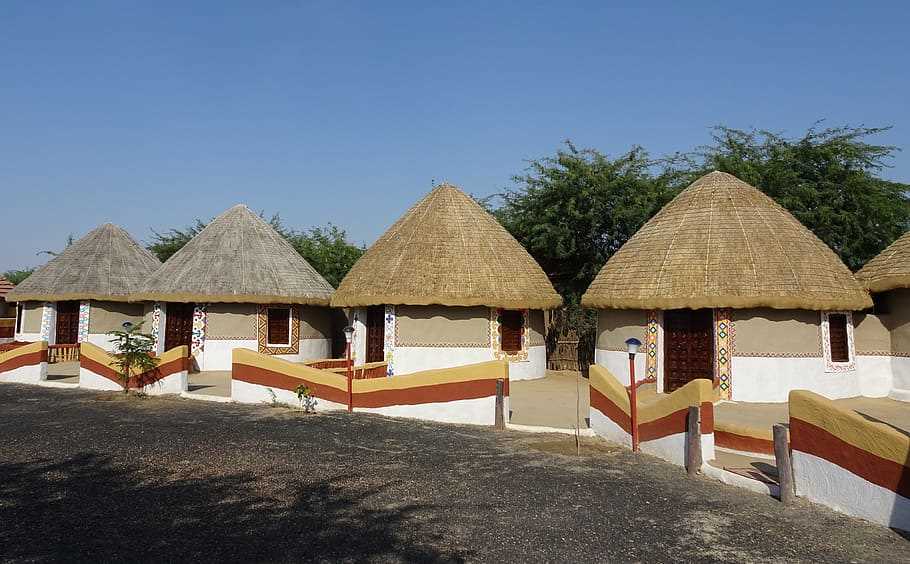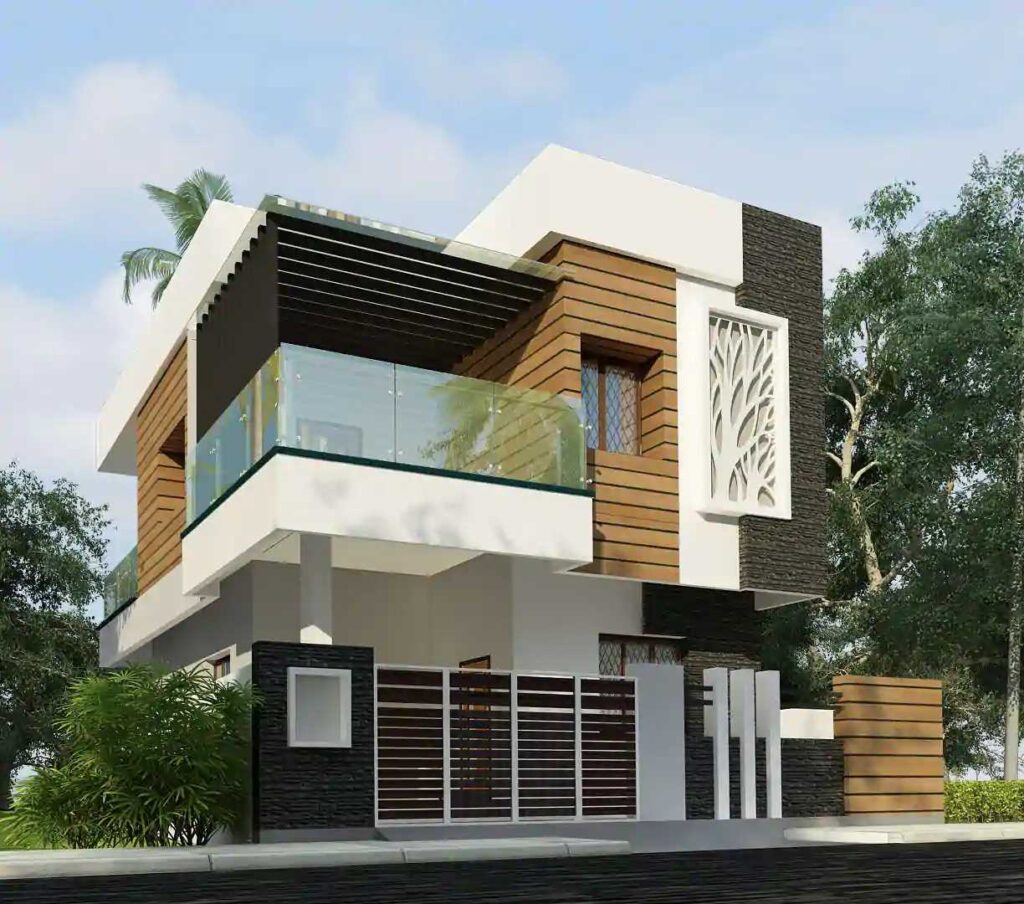Architectural design is an art and technique that focuses on the needs and demands, to create a well-designed project, using the concept of space and design and especially creativity. As the proverb goes “Necessity is the mother of invention”; similarly, the requirements of a project decide how it is planned and designed.
The crux of any project is conceiving a solid concept, refining techniques, and skillfully maneuvering intricate tasks. But as creators in our field, it’s also our social and moral responsibility to design these structures considering their impacts on the environment. More and more people are now changing their ways and trying to be a part of this sustainable and green family. But what about the ones who are not?
Educating our clients on the pros of Green architecture and its impact on the future is the need of the hour. No, Green doesn’t mean you need to leave the city and start living in a mud house. It is far less challenging than it seems. Starting small goes a long way.

Green Architecture/ Sustainable Architecture aims to mitigate the adverse impacts that built structures have on their surrounding environment. They are designed, constructed, and operated with a focus on conserving energy, sourcing eco-friendly or recycled materials, and preserving the biodiversity of the area. In a Country like India, where we have all the dominant seasons (summer, winter, monsoon), a building designed in such a way that it’s not 100% reliant on artificial lighting and ventilation can also be a step in that direction.
When we go back to the Traditional architectural styles of India, it had sloped and high roofs that would provide excellent insulation from heat and cold weather, mud brick walls or wooden panel walls– all natural materials that could breathe, along with multiple small windows ensuring cross-ventilation.
Although planning sloped roofs everywhere is not a possibility, we can still have well-ventilated buildings which let the natural light and air come in. For climates like in India, pitched roofs have proven to be more effective & functional while dealing with heavy rain and snowfall because this roof design keeps the direct water away from the house.

Whereas in modern planning, very large openings like French windows can also lead to bringing in a significant amount of heat and increase the dependency on the use of air conditioning systems. Here, considering the directions of the sun while planning the location and size of the openings in the structure can help reduce the effects. One might also use windows with low e-glass or UV-protected films to minimize the harmful effects of the sun.
To Make A Sustainable Project, Try To Incorporate The Following Elements:
1. Increase the use of renewable energy like Solar energy by planning to install solar panels.
2. Plan Rainwater recharge pits. The underground water table is constantly going low with the concrete jungle that man has created. Make sure to add a recharge pit to your place.
3. Use and reuse of material, like recycling waste material. Plan re-use of grey water in gardening or toilets etc.
4. Make sure the project ensures efficient use of energy, water, space, and other resources.
5. Pollution generated by the structure should be kept in check from the beginning of the project, ensuring the use of natural and non-toxic materials.
6. Plan green spaces with oxygen-producing trees like Neem, Arjuna, Ashoka, etc.
7. The quality of indoor air is one of the key components, which can be achieved through a well-ventilated plan.
The challenge before us is to develop and promote the use of green architecture in the upcoming constructions. Ensure that the design is ergonomic as well as economical. No matter the scale of the project, atlas it comes down to whether it is within budget or not. To bring down the expenses, we need to develop more affordable alternatives, Implement new technology, make more eco-friendly designs, and promote maximum use of non-toxic sustainable materials.
For our industry to achieve success in this mission, we need to collaborate and come forward for the cause and work towards improving and introducing more effective programs like LEED, IGBC, and GRIHA. This is a step towards a better tomorrow so let’s work till we achieve it because as is quoted, “Where there is a will there’s a way”.
Author
Aditi B S
Read our previous blog “Importance of checklists during construction works“.


